You are using an out of date browser. It may not display this or other websites correctly.
You should upgrade or use an alternative browser.
You should upgrade or use an alternative browser.
Virgin Media Discussion Thread
- Thread starter macca40
- Start date
More options
Thread starter's postsI wouldn't count on them doing the upgrade between March and May either. The did a similar thing with the last speed bump. Announcing it way before it was planned to happen and that date for me was nearly a year behind the original planned date.
It appears that BT getting the Champion League rights has put the willies up VM.
Edit. What my update is scheduled between. Nicely coinciding with when my contract expires.

It appears that BT getting the Champion League rights has put the willies up VM.
Edit. What my update is scheduled between. Nicely coinciding with when my contract expires.

Last edited:
Soldato
- Joined
- 22 Mar 2009
- Posts
- 5,768
Hmm, according to VM's FAQ on this the upload is not increasing with the download. A complete waste of time for the 120mb customers in that case.
http://community.virginmedia.com/t5...nounce-Even-Faster-Broadband/m-p/2060120#M171
http://community.virginmedia.com/t5...nounce-Even-Faster-Broadband/m-p/2060120#M171
Soldato
- Joined
- 22 Mar 2009
- Posts
- 5,768
Hmm, according to VM's FAQ on this the upload is not increasing with the download. A complete waste of time for the 120mb customers in that case.
http://community.virginmedia.com/t5...nounce-Even-Faster-Broadband/m-p/2060120#M171
I agree. The 126Mb will increase to just 145Mb (19Mb extra) with no upload increasing. So, pointless to sign up 12 months contract. Virgin Media is tight git ******* on the upload. They never interesting on the upstream. Beware of 6.7% price increasing for February 2014 also.
Associate
- Joined
- 24 Mar 2011
- Posts
- 727
- Location
- Cambridgeshire
I'll swap you your service for mine 



Ah so not sticking with the 10% upload policy for now. So pretty much just smoke and mirrors upgrade.Hmm, according to VM's FAQ on this the upload is not increasing with the download. A complete waste of time for the 120mb customers in that case.
http://community.virginmedia.com/t5...nounce-Even-Faster-Broadband/m-p/2060120#M171
Some of you might find this post of interest in reference to an earlier discussion...
Ignition said:Okay. Perhaps you could explain for me how Comhem in Sweden are selling 30-50Mb upstream on a EuroDOCSIS network, 65MHz subsplit, or how Comcast in the USA sell 25/5, 50/10 and 100/20 on a US DOCSIS 42MHz subsplit network?
I'll answer my own question. They use more and higher capacity channels - the Superhub can handle 108Mb of upstream capacity in a service group.
At present VM's standard build is 36Mb to a group in the form of 2 upstream channels, however they are working towards increasing that to 54Mb in 2 channels and can also bond the 3rd DOCSIS 2 upstream channel which is present in some areas to deliver 81Mb via 3 channels to a service group.
The restricting factors are that more channels means lower maximum transmit power, so modems have to be 'lined up' on the network differently, less attenuation on the return path, and SNR, higher order modulations require better SNR, 3dB per exponent increase so moving from the regular 16QAM to 64QAM, 18Mb per channel to 27Mb per channel, requires 6dB better SNR.
Another potential issue, though this won't be such a big deal given most of it should have been dealt with during the move from DOCSIS 1.1 to DOCSIS 2 upstreams, is the capacity of the upstream lasers. More and higher order upstreams means more power input to the lasers from the coaxial part of the network, and some older fibre optic nodes with legacy transceivers may struggle and need replacement.
So the keys are ensuring the network is clean enough, through busting ingress and fixing rogue plant, to carry the maximum 4 6.4MHz upstreams at 64QAM, ensuring the network is properly lined up so that modems aren't pushed over maximum transmit power by the increased number of upstreams, and ensuring that the fibre nodes have the transceiver to carry the channels.
The first 2 of those are actually routine network maintenance, if the network isn't kept clean and properly lined up the fault rate goes up as it becomes inadequate for current demands, only the 3rd is exceptional.
It's for the most part about blokes in vans doing the maintenance, not about upgrades, hence labour costs not capital expenditure.
They can do it, it just costs money. Without the business case to increase the urgency it's an 'as and when'.
A new 12 month contract hmm, wonder what the catch is.
Bills go up in February by an average of 6.7%, right before they start rolling out the speed bumps.
Associate
- Joined
- 1 Apr 2013
- Posts
- 2,149
- Location
- Dundee, Scotland
either my hub is dieng or their having issues in my area for the past 5 days I have had random disconnects when I run diagnostics I get
Windows can't communicate with the device or resource (primary DNS server)
Its getting really annoying when it happens on battle field and im actually positive KD lol
Windows can't communicate with the device or resource (primary DNS server)
Its getting really annoying when it happens on battle field and im actually positive KD lol
VM's definition of free is an extra £2.50 a month.
they will up the price even you don't upgrade or even if they wasn't doing the upgrades tbh. all bills go up and down at some point.
Soldato
- Joined
- 11 Feb 2004
- Posts
- 3,343
- Location
- TheWirral
I agree. The 126Mb will increase to just 145Mb (19Mb extra) with no upload increasing. So, pointless to sign up 12 months contract. Virgin Media is tight git ******* on the upload. They never interesting on the upstream. Beware of 6.7% price increasing for February 2014 also.
6.7% increase seems to be correct.
free my ar....
this is the last time they can do this and customers have to take the hike on the chin they say: http://www.bbc.co.uk/news/technology-24911042
Bills go up in February by an average of 6.7%, right before they start rolling out the speed bumps.
But why a new contract, that's what I'm interested in, or is the new contract just to say you agree to the new price?




